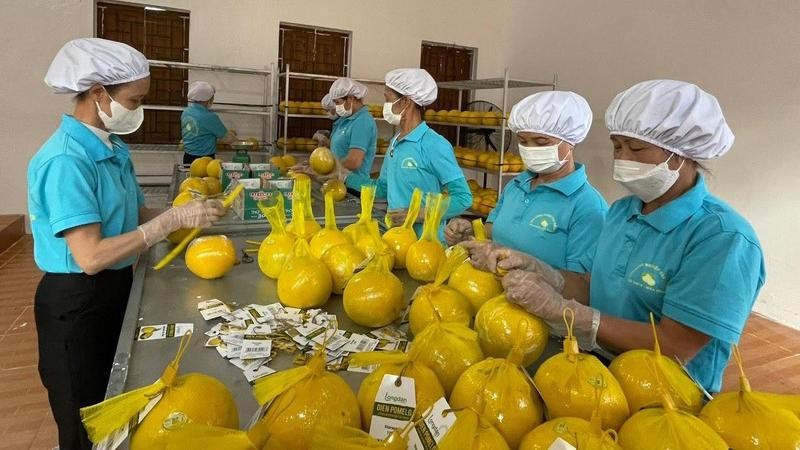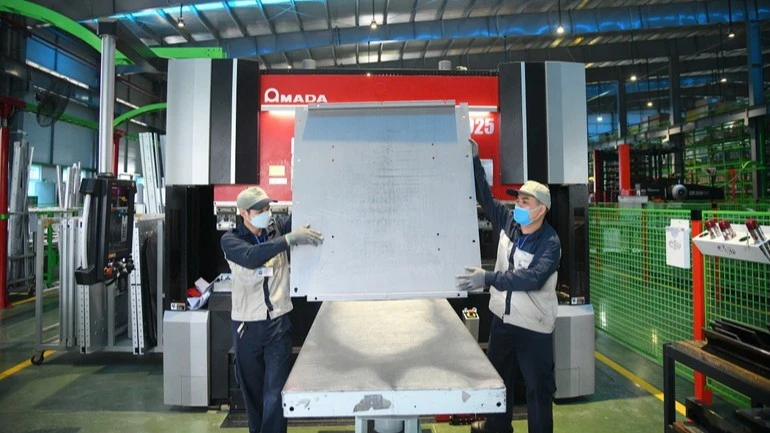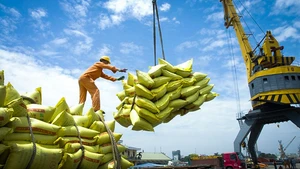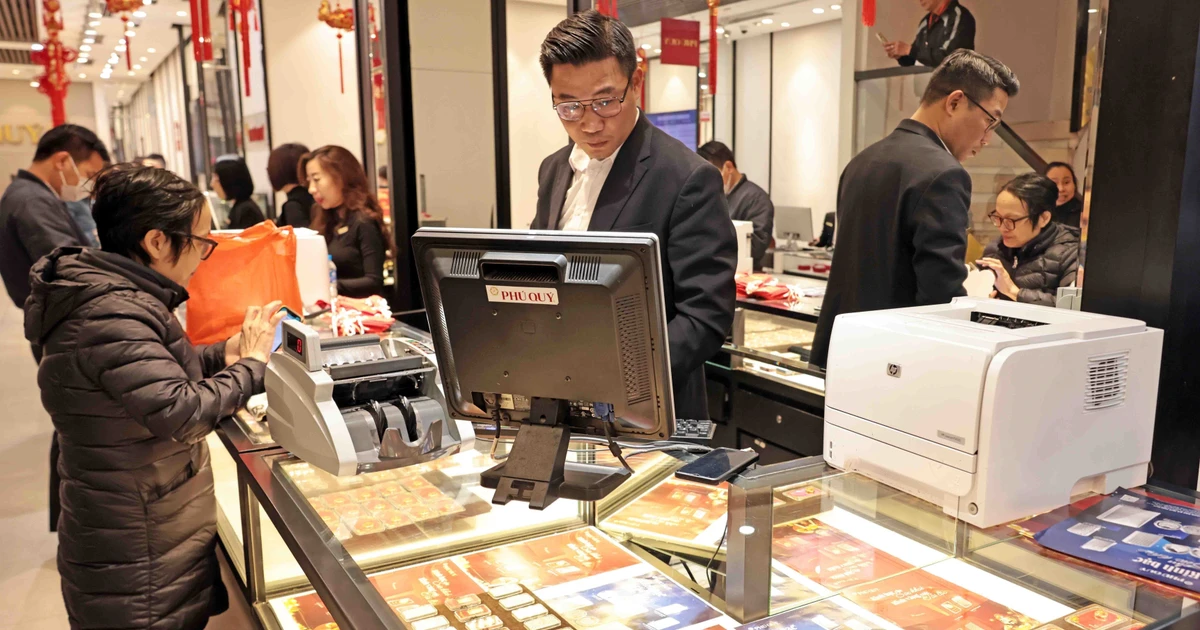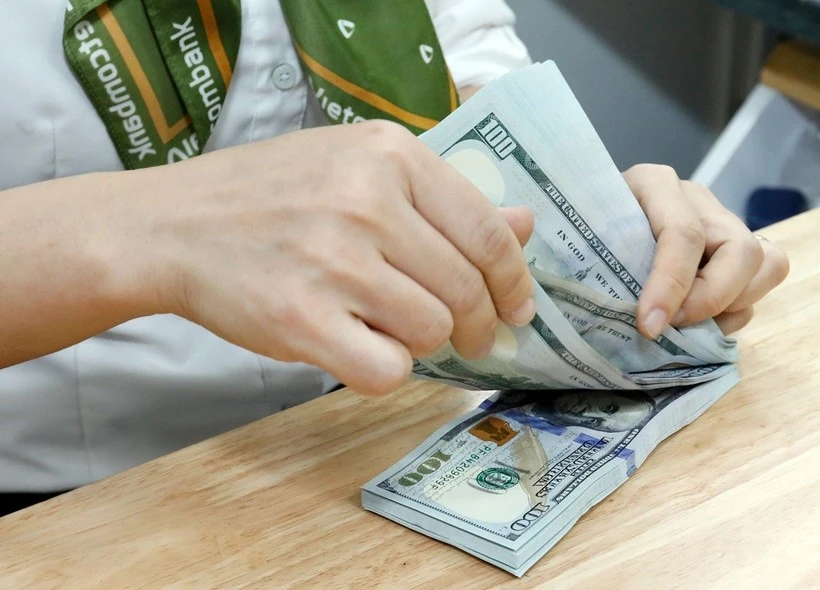It is forecast that the global situation remains complicated in the time ahead, requiring Vietnam to diversify its export markets and goods so as to reduce reliance on established markets.
According to the General Statistics Office, Vietnam’s export revenue reached 79.17 billion USD in the first quarter of 2023, down 11.9% from a year earlier.
Difficulties in most markets
Vietnam’s seafood exports in the first quarter were estimated at 1.85 billion USD, down 25% from the same period last year. According to VASEP, which represents seafood producers and exporters, the reason behind the decline is that the global market has remained severely affected by inflation and growth slowdown, resulting in a drop in demand. In addition, some of Vietnam’s seafood exports are facing intense competition from India, Ecuador, and Indonesia.
Garments are among the four exports with revenue of over 5 billion USD in the first quarter, but the sector’s growth also plunged by 17.4% year on year, the steepest first-quarter fall since 2009.
General Director of Garment 10 Corporation Than Duc Viet said the demand for garment products in 2023, which had already shrunk due to inflation, the epidemic, and the Russia-Ukraine conflict, is now falling even more rapidly amid uncertainties in the financial market and the banking crisis.
He stated that the company’s export volume fell by 10% in the first quarter, and the outlook for the second and third quarters is also not very optimistic. It is estimated that the company’s orders for the second quarter will fall by 20-30% while no orders have been received for the third quarter yet.
Besides garments, other key exports also recorded sharp declines, including phones and parts (down 15%), and computers and electronic products (down 10.9%).
According to Tran Thanh Hai, Deputy Director of the Department of Export and Import under the Ministry of Industry and Trade (MOIT), the bleak export situation emerged from late 2022, when high inflation occurred in most of Vietnam’s major import markets while high inventories due to stockpiling during the COVID-19 period caused demand to fall. In the January-March period, Vietnam’s exports to the US fell by 10.1%, China - 14.6%, the EU - 12.1%, Japan - 4.5%, and the Republic of Korea - 21.6%.
Vietnam’s export growth target of 6% in 2023 is lower than the 10.5% figure in 2022, but it remains a big challenge since Vietnam is highly dependent on the global economy.
Capitalising on all opportunities
According to Deputy Director Tran Thanh Hai, the domestic economy continues to maintain its production capacity, but there are currently many objective factors from the international market, and when this difficult situation will come to an end remains uncertain. The MOIT is working hard to support enterprises to step up trade promotion and look for new markets through the electronic channel. Specifically, the MOIT will soon hold a conference with trade associations to review the difficulties facing them and introduce measures to boost exports in the coming time.
Director of the MOIT’s Department of Trade Promotion Vu Ba Phu said in this difficult situation, the MOIT has implemented various measures such as connecting Vietnamese manufacturers with foreign suppliers, providing information on each export market and removing the hurdles to enter new export markets.
The monthly trade promotion conference with Vietnamese trade missions abroad has become a forum for updating useful information on foreign markets, and putting forward many recommendations on trade promotion and export market development for government agencies, localities and domestic enterprises.
At the conference in March, Vietnamese commercial counsellor in Canada Tran Thu Quynh stated that, amid a gloomy global market, Canada remains a bright spot thanks to a fairly good outlook. Canadian data shows that Vietnam’s export to the North American country still rose by 20%, becoming the ASEAN country with the fastest growth in exports to Canada.
The Department of Export and Import informed that Indonesia has decided to raise it rice purchase volume from 1.2 tonnes to 2.4 tonnes to ensure food security, which provides a good opportunity for Vietnam to increase its rice export to this market. The past two months also a surge in Vietnamese rice shipments to the Southeast Asian country, reaching 146,000 tonnes, a 33-fold rise over the same period in 2022.
Coffee is also becoming one of Vietnam’s key agricultural exports thanks to the building of Vietnamese brands and clear geographical indications such as Buon Me Thuot and Gia Lai.
With diverse measures, Vietnamese enterprises are accounting for a fair share of raw coffee exports. However, they need to increase investment in deep processing so as to enhance the value of Vietnamese coffee.
